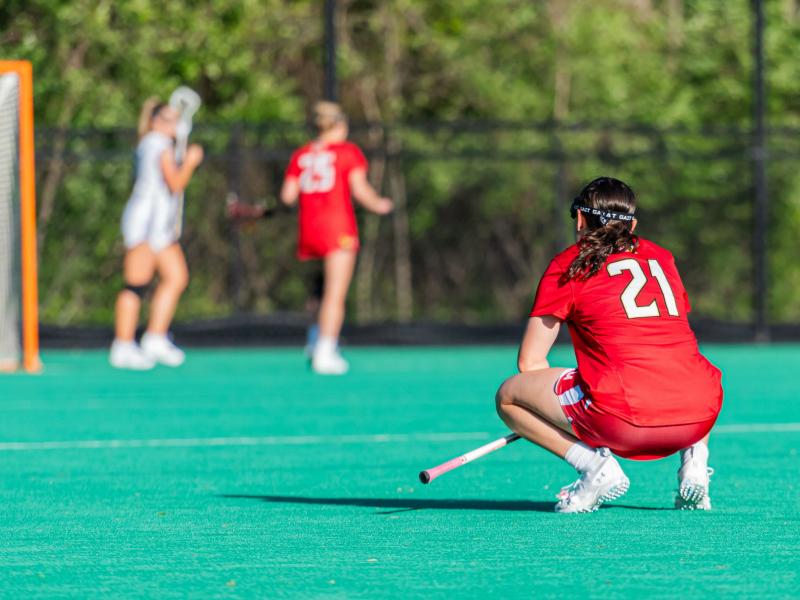
Daniel Galitsky
Most students would be surprised to hear that this campus includes 150 acres of land that they likely have never visited. The University of Maryland Golf Course is a lush and serene utopia that acts as a buffer between the academic rigor of the campus and the eclectic buzz of Langley Park. Golf is not for everyone, but there should be more opportunities for students to benefit from the course.
About two years ago, there was talk about rezoning the course and replacing it with academic, recreational and athletic buildings. That plan was rightfully scrapped, as it would take away attention from the Route 1 corridor. However, the debate brought up an important question: How can that land best be used to benefit the university community?
The course is beautiful and challenging and serves as a sanctuary for animals. Without question, replacing it would be a tremendous loss. Still, more can be done to allow students to enjoy the course and justify such use of university land. More accessible golf programs might be a start.
The relatively high greens fees are a barrier to many students. Golf is a costly endeavor that requires expensive maintenance, but if the course is not accessible to student golfers, it is unworthy of this university’s name. A weekday round of golf costs $25 or more for a student — more with a golf cart — though evening rounds are slightly cheaper. Weekend rates go up to $48. A full-year student pass costs an impressive $925, not including cart fees.
Some Big Ten schools have university golf courses with more reasonable pricing for students. The University of Illinois and Indiana University offer 18 holes for as low as $15 during the week. Overall, though, this university is not alone in having golf that is inaccessible to students.
Perhaps a weekly or monthly discount would be a good compromise, giving students access to the course without overwhelming the greens. The Business Golf Club does well in providing discounts to members, but that’s not enough to serve all students who might be interested in golf.
Additionally, more programs offering affordable introductory lessons would be good enrichment for students. Perhaps partnering with University Recreation and Wellness could help open doors for students.
Another possibility for students might be alternatives to traditional golf. Footgolf is a growing sport in which players kick a soccer ball toward a large cup. This game has fewer barriers to entry than typical golf, which can require tremendous amounts of practice. Otherwise, any outdoor activity that gets students to enjoy the beauty of the course would be enjoyable.
In the fast-paced information age, it can be hard to peel one’s eyes away from our smartphones or tablets. A peaceful round of golf with fresh air and green trees is a break that is needed more than ever. As many students as possible should have the chance to play right in this university’s luxurious backyard.
Now, if all 27,000 undergrads suddenly made the course their new stomping grounds, it might begin to resemble a World War I battlefield. And God forbid they violate the dress code! Still, a reasonable effort to accommodate more students would be beneficial. Perhaps one day, students will even outnumber deer out on the campus links.


